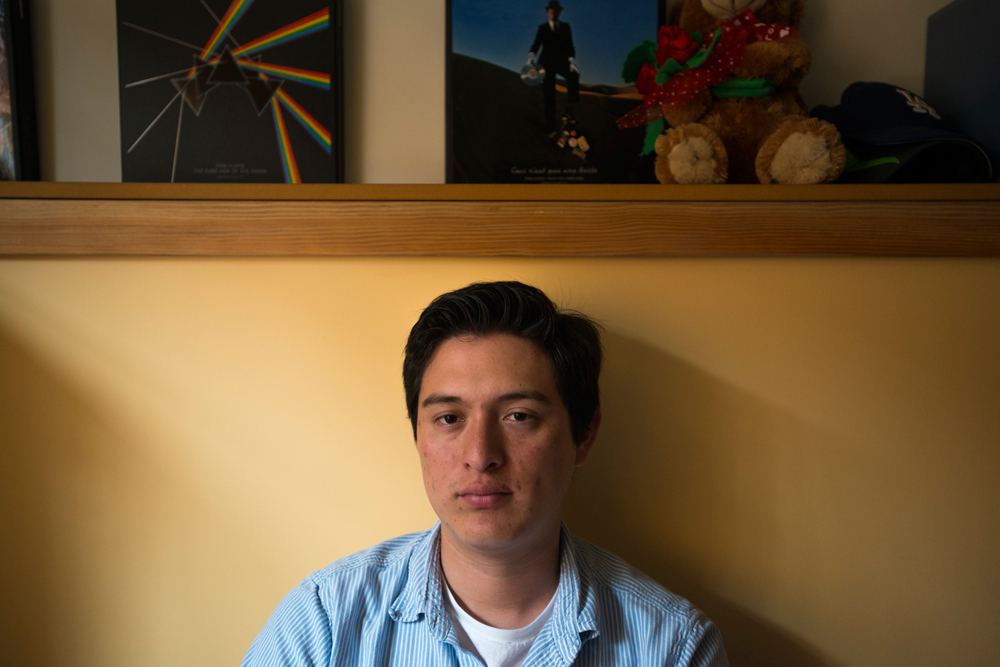Teachers are losing their jobs, but Teach for America’s expanding. What’s wrong with that?
For the second week in a row in his new home, Kenneth Maldonado’s evening ritual began with lumping sweaters and sleeping bags into the shape of a mattress in his otherwise empty bedroom. It was late September of 2011, the end of his first month as a Teach for America instructor. Having been only recently approved to teach in the Seattle school district, he was broke. But Maldonado and his two roommates — also TFA teachers — were among the lucky ones. Just a few weeks earlier, a half-dozen of their fellow recruits had been camped out on the hardwood floor of the unfurnished common area, homeless and unemployed.
The Teach for America program, now 24 years old, selects and sends young college graduates (referred to as “corps members”) to teach in schools serving primarily disadvantaged children of color, after giving its recruits five intensive weeks of training over the summer. Like the Peace Corps, TFA is a résumé booster, and its alumni have gone on to successful careers from the White House to Wall Street.
The 2011–12 school year was the organization’s fledgling year in Seattle, and Maldonado, then 24, initially felt excited to be one of the first 38 recruits. His family didn’t have much when he was growing up in Los Angeles — his father, a former teacher in Guatemala, took on maintenance jobs after fleeing to the United States to escape the country’s civil war. But Maldonado excelled in school, graduating from the University of California Santa Cruz, with a theater major and an education minor. He soon got a job with a San Jose–based nonprofit that helps people find low-income housing.

Kenneth Maldonado joined Teach for America in 2011 in Seattle, where the organization’s expansion efforts led to a controversial contract with Seattle Public Schools. Maldonado said that while he is supportive of TFA and its mission, its early missteps in Seattle were part of what he saw as the organization’s “misjudged optimism.” (Photo: Alexandra Hootnick
Although TFA requires only a two-year commitment, Maldonado was serious about a teaching career, and he saw the program as a guaranteed way into the profession without the time and expense of grad school. He especially appreciated its focus on disadvantaged schools. So when he learned of his acceptance into the program, he quit his job in California and prepared to move to the Pacific Northwest. “I wasn’t stressed out, I wasn’t worried,” he said. “I fully trusted Teach for America had everything figured out.”
It hadn’t. In 2009, the Seattle school district was hardly in the grip of a teacher shortage: 13,800 teachers had applied for just 352 full- and part-time positions. But the schools were facing a $25 million deficit, and TFA was asking for a $4,000 annual fee per recruit (area philanthropists would later cover it; on average, schools contracting with the organization pay $5,000 a year for Teachers are losing their jobs, but Teach for America’s expanding. What’s wrong with that? | Hechinger Report:


